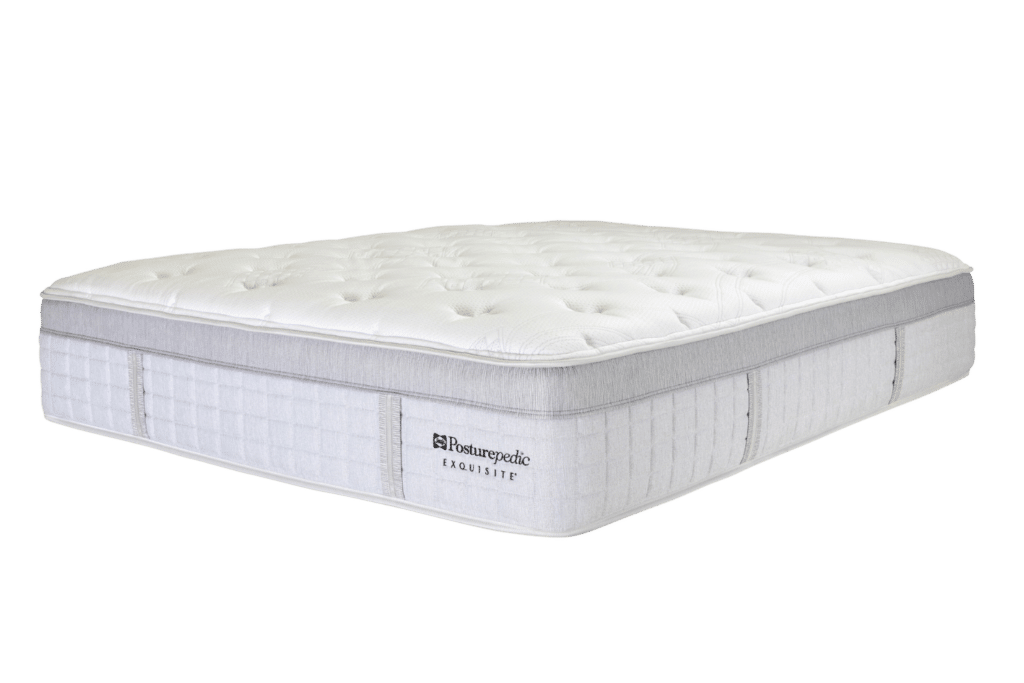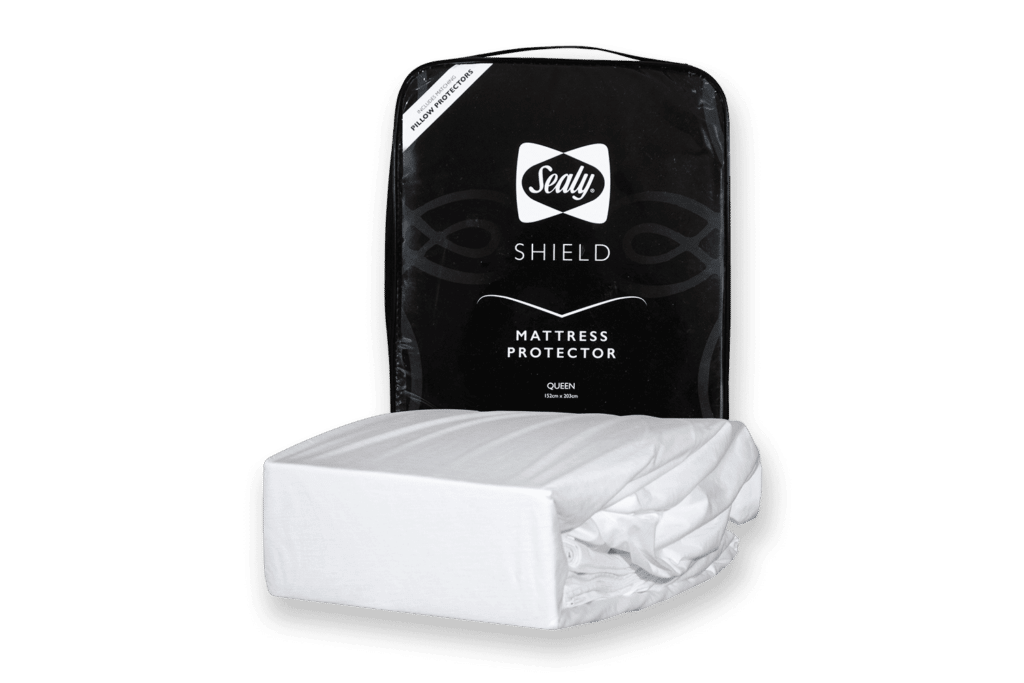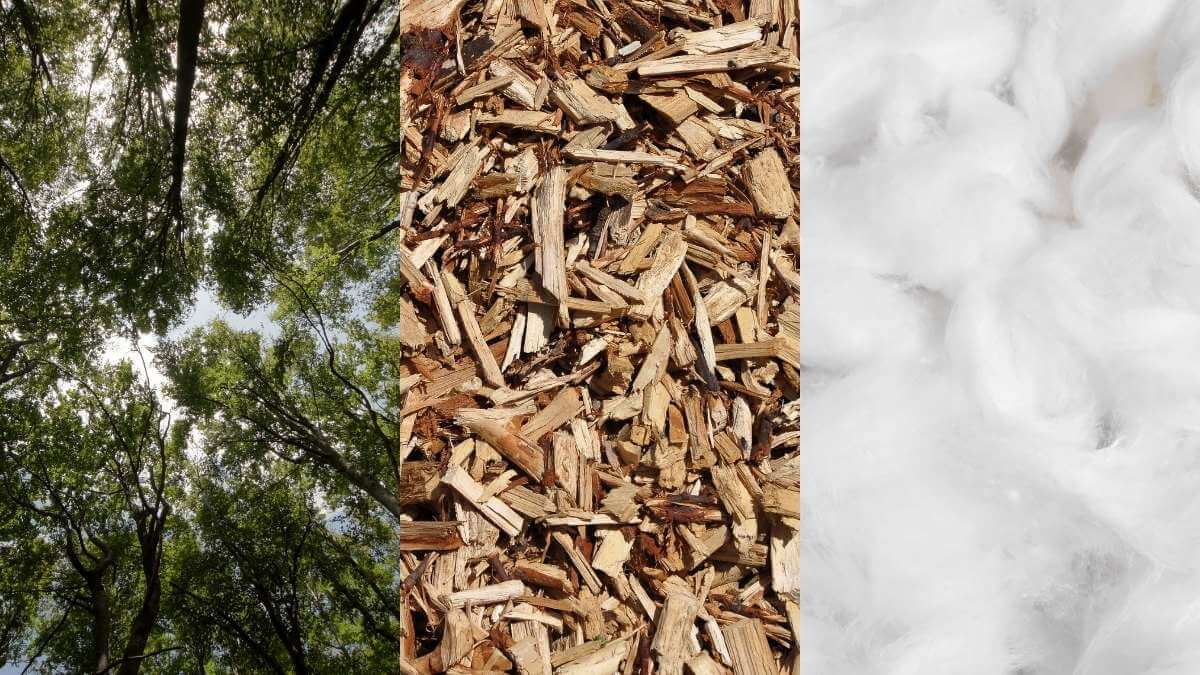
TENCEL™ is a brand of sustainable cellulose fibre (or wood pulp material). As the world becomes more eco-conscious, there’s growing interest in sustainable fabrics that offer both comfort and environmental benefits. One fabric that stands out in this category is Tencel. Known for its softness, breathability, and eco-friendly production process, Tencel is quickly gaining popularity in the fashion and home textile industries. But what exactly is Tencel, and why is it considered a smart choice for sustainable living? In this guide, we’ll dive deep into what Tencel is, how it’s made, and why it’s a fabric worth considering.
What is Tencel?
Tencel is a brand name for a type of fabric made from Lyocell and Modal fibers
What are Lyocell and Modal fibres?
These are the two primary types of Tencel fibres.
Lyocell is strong and quite versatile, able to be combined with other materials such as cotton, wool and silk. Lyocell has moisture-wicking or absorbing properties, and is the more environmentally friendly version of the two options because of the way it is processed.
Modal fibres are made of beech wood and are highly flexible. This fabric is known for being especially soft against the skin, even after repeated cycles of washing and drying.

How is Tencel made?
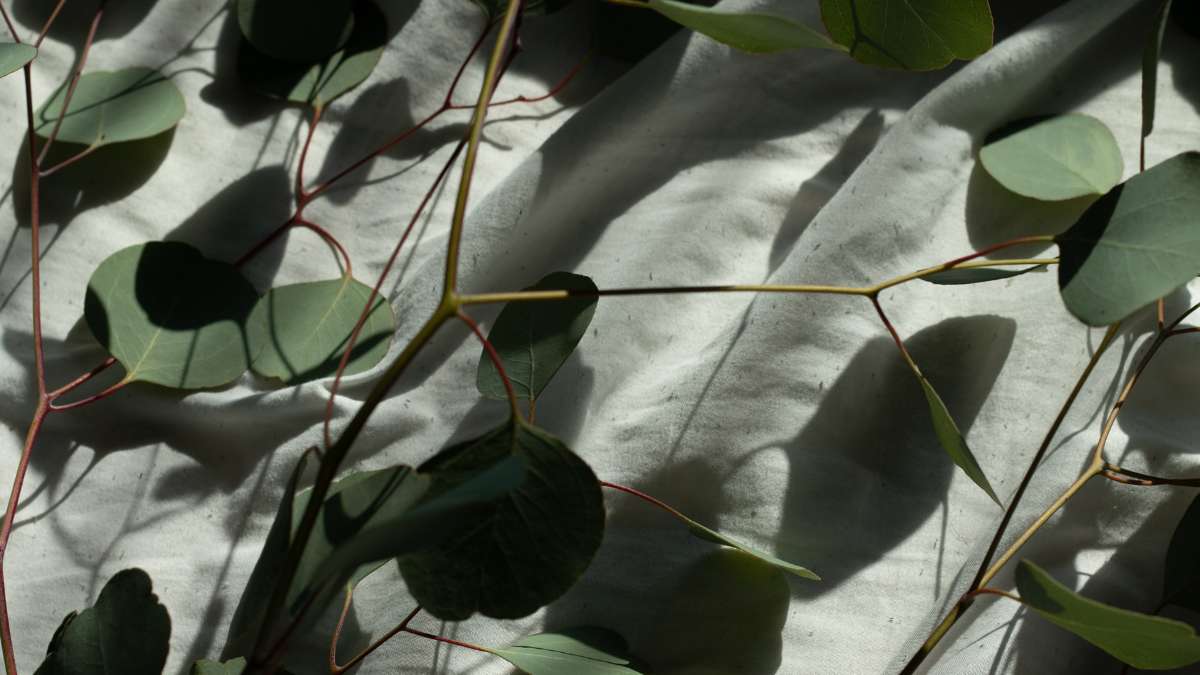
Tencel is essentially derived from sustainable forests. Wood chips are processed and dissolved into pulp, spun into fibres and then converted to yarn and fabric. The production of Tencel fibers involves a closed-loop process that recycles water and solvents, reducing the environmental impact compared to traditional fabric manufacturing.
The production of Tencel is a fascinating process that combines advanced technology with sustainable practices. Here’s a closer look at how Tencel is made:
- Sourcing the Raw Material: The process begins with sustainably sourced wood, typically from eucalyptus trees. These trees are grown on sustainably managed plantations, ensuring that the wood used does not contribute to deforestation.
- Pulp Production: The harvested wood is processed into pulp by breaking it down into cellulose. This pulp is then dissolved in a nontoxic solvent, creating a viscous solution.
- Fiber Spinning: The cellulose solution is extruded through fine holes to form long fibers. These fibers are then spun into yarn, which
can be woven or knitted into fabric. - Closed-Loop Process: One of the most significant environmental advantages of Tencel is its closed-loop production process. The
solvent used to dissolve the wood pulp is almost entirely recovered and reused, minimizing waste and environmental impact.
Additionally, the water used in the process is recycled, further reducing the ecological footprint. - Finishing Touches: After spinning, the Tencel fibers are washed and dried, resulting in a fabric that is soft, breathable, and durable. The
final product is a high-quality material that can be used in a wide range of applications.
Tencel’s environmental impact
Tencel is often touted as one of the most sustainable fabrics available and for a good reason. Here’s why
- Reduced Water Usage: Tencel production requires significantly less water than cotton, making it a more sustainable choice,
particularly in regions where water is scarce. - Sources wood from responsibly grown trees: The wood used to produce Tencel comes from sustainably managed forests, which are certified by the
Forest Stewardship Council (FSC). This ensures that the raw materials are sourced responsibly, with minimal environmental impact. - Biodegradability: Tencel is fully biodegradable, meaning that it will break down naturally without releasing harmful chemicals into the
environment. This makes it an excellent choice for those looking to reduce their impact on landfills. - Energy Efficiency: The closed-loop process used in Tencel production is highly energy-efficient, with minimal waste. The solvent used
in the process is recycled, and the water is reused, resulting in a lower carbon footprint compared to traditional fabric manufacturing. - Low Chemical Use: Unlike some synthetic fabrics, Tencel production does not rely on harmful chemicals. The non-toxic solvent used in
the process is fully recovered and reused, minimizing chemical waste.
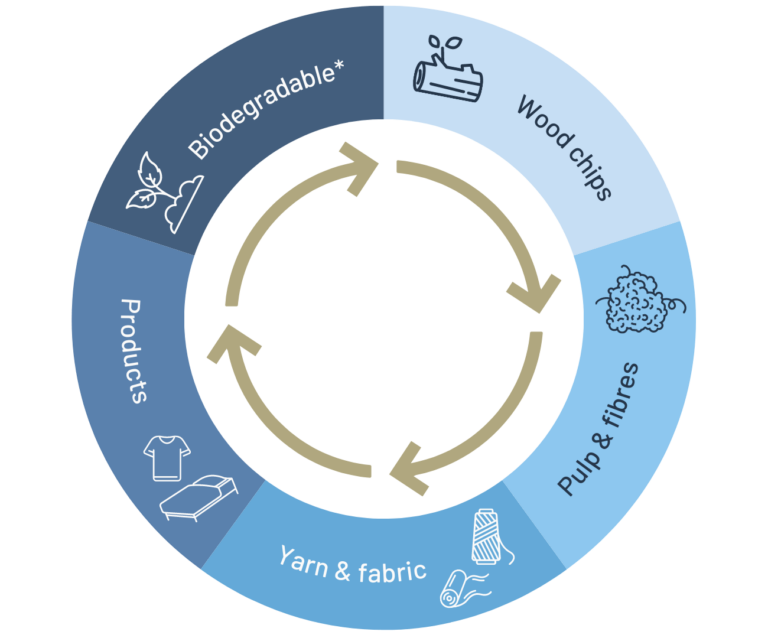
* applicable to fabrics made of 100% standard Tencel fibres
Benefits of Tencel
Softness and Comfort: Tencel fibers are incredibly soft, making them perfect for clothing and bedding that’s gentle on the skin. The fabric
drapes well and feels smooth to the touch, providing a luxurious experience.
Breathability: Tencel is highly breathable, which helps regulate body temperature by wicking moisture away from the skin. This makes it an
excellent choice for activewear, sleepwear, and bedding, as it helps keep you cool and comfortable.
Durability: Despite its softness, Tencel is a strong and durable fabric. It holds up well to washing and wear, maintaining its shape and softness
over time. This durability makes it a great investment for items that will see frequent use
Hypoallergenic: Tencel is naturally hypoallergenic, making it a good option for those with sensitive skin or allergies. The fabric’s moisture-wicking properties also help prevent the growth of bacteria, further enhancing its hypoallergenic qualities.
Eco-Friendliness: As discussed earlier, Tencel’s sustainable production process and biodegradability make it an environmentally friendly
choice. Choosing Tencel over other fabrics can help reduce your environmental footprint.
Versatility: Tencel is a versatile fabric that can be used in a variety of products, from clothing and bedding to home textiles and upholstery. Its
combination of comfort, durability, and sustainability makes it suitable for many different applications.
Tencel vs Other Fabrics
Cotton vs tencel
Water Usage: Tencel uses significantly less water in its production compared to cotton, making it a more sustainable choice.
Softness: Both Tencel and cotton are soft, but Tencel has a silkier feel, making it more luxurious.
Durability: Tencel is generally more durable than cotton, especially after repeated washing.
Rayon vs tencel
Production Process: Tencel’s closed-loop production process is more environmentally friendly than the traditional rayon production process,
which uses harsher chemicals.
Environmental Impact: Tencel has a lower environmental impact due to its sustainable sourcing and production methods.
Feel: Both fabrics are soft and breathable, but Tencel is often considered to have a higher quality feel.
Polyester vs tencel
Breathability: Tencel is more breathable than polyester, which can trap heat and moisture.
Sustainability: Polyester is a synthetic fabric made from petroleum, making it less sustainable than Tencel, which is derived from natural,
renewable resources.
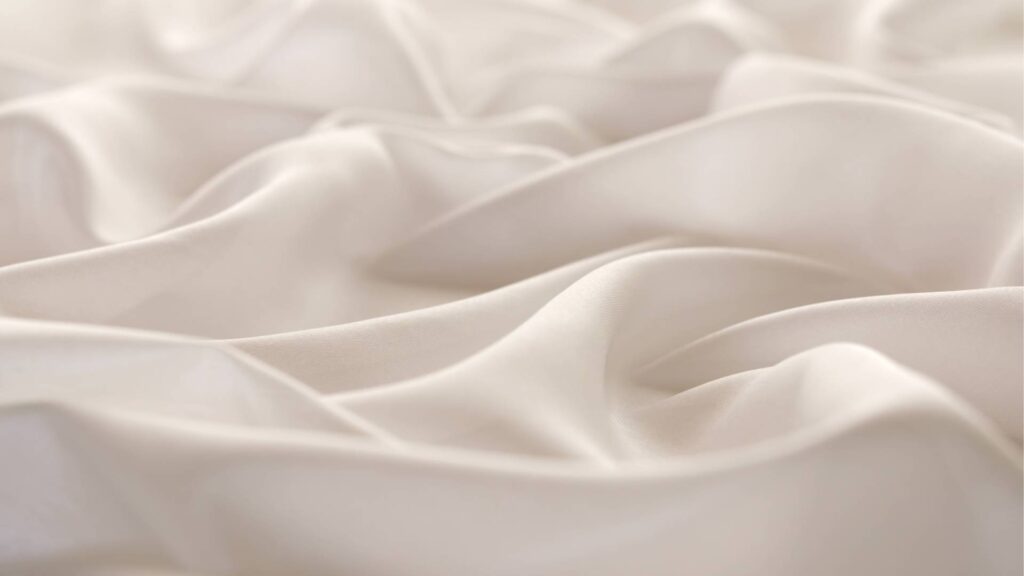
How is Tencel used in Mattresses and Pillows
How is it used in mattresses?
We use Tencel in some of our Exquisite mattresses, specifically in the comfort layers. Select models include the material to help wick away moisture for improved breathability. Please contact our team if you would like assistance finding a Sealy product with this material.
How is it used in pillows?
Our pillows use Tencel in the covers to help absorb and disperse moisture, regulate temperature and provide a soft, cool sleep surface. Our Sealy mattress protectors are also made with this material for the same benefits.
Tencel FAQs
What is Tencel?
Tencel is a botanic fibre made from cellulose (wood), naturally soft and lustrous, with moisture wicking and superior breathability.
What is Lyocell?
Lyocell is a fibre made from plant cellulose (wood). Most commonly, it is made from eucalyptus trees, though bamboo, oak, and birch trees are also used, which makes it naturally biodegradable.
What does Tencel fabric feel like?
Tencel has the softness of cotton and the luxurious smoothness of silk. Tencel is a botanic fibre made from cellulose which is naturally soft and boosts moisture-wicking for superior breathability.
What are the properties of Tencel?
Tencel fibres have a range of properties: moisture wicking, gentle on the skin, long-lasting softness, breathable, colour retention and biodegradability.
What is Tencel blend?
A blend is a combination of Tencel with other fibres, textiles or fabrics. This is done to boost the properties of both kinds of fabrics. A common blend is lyocell or modal with cotton, especially in bed sheets.
Where is Tencel made?
Tencel’s headquarters are located in Lenzing, Austria. There are production facilities in Austria and internationally across the Americas, Europe and Asia.
